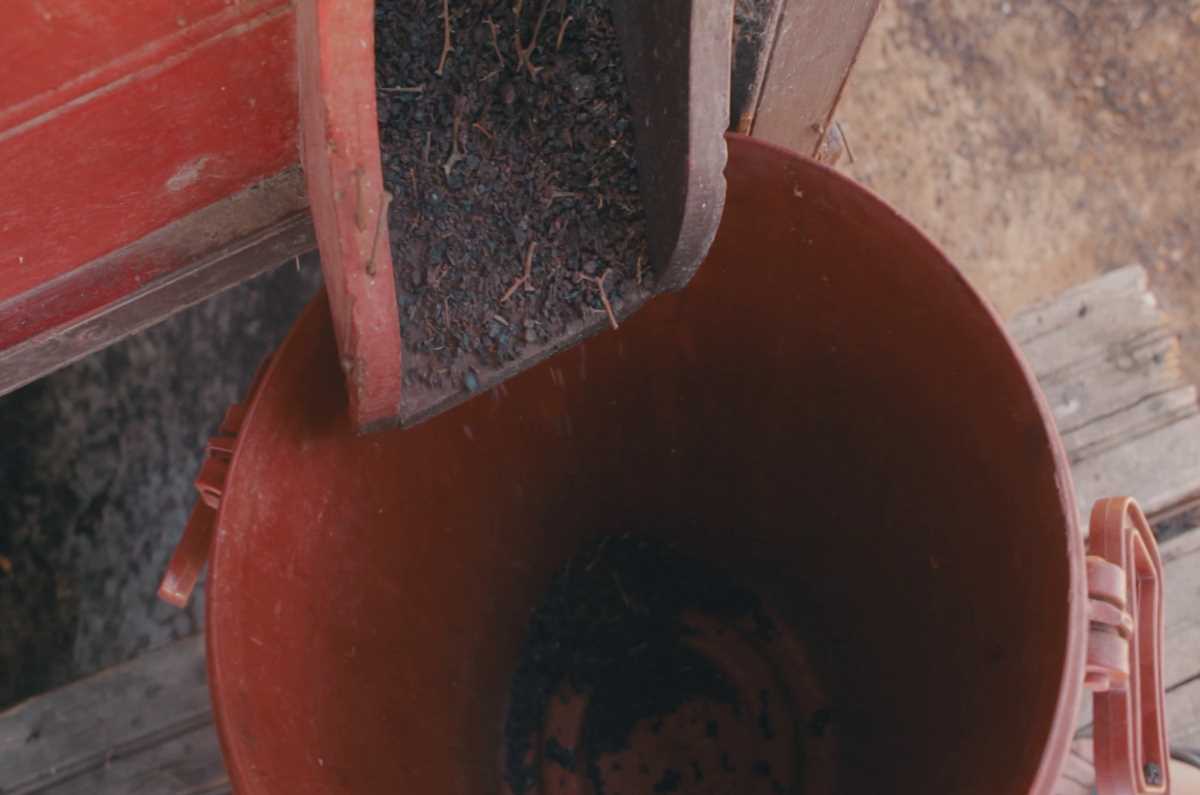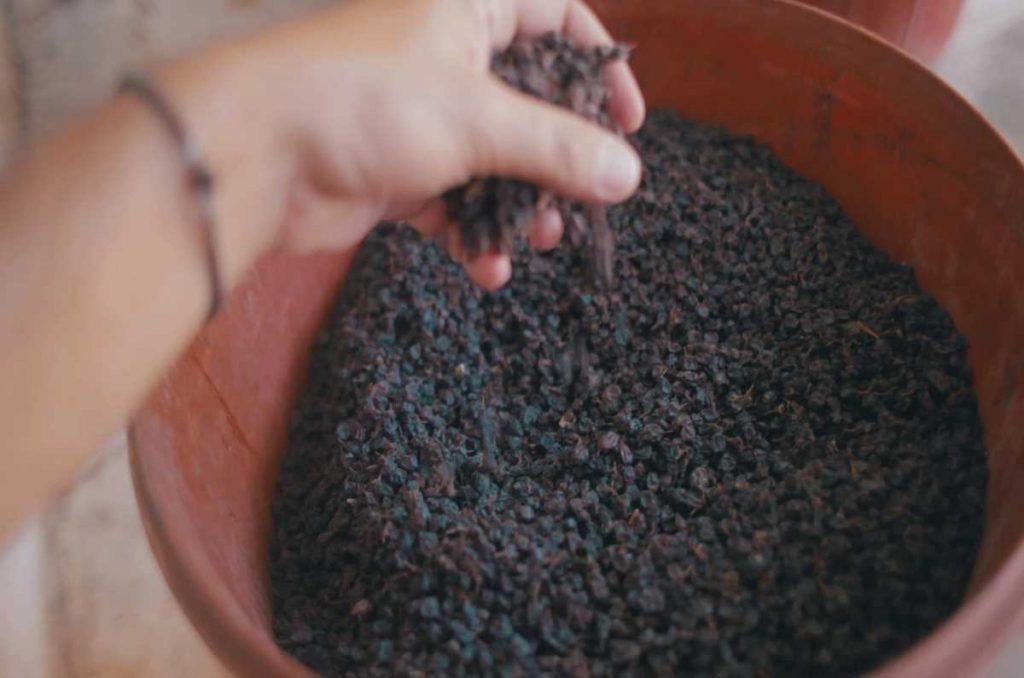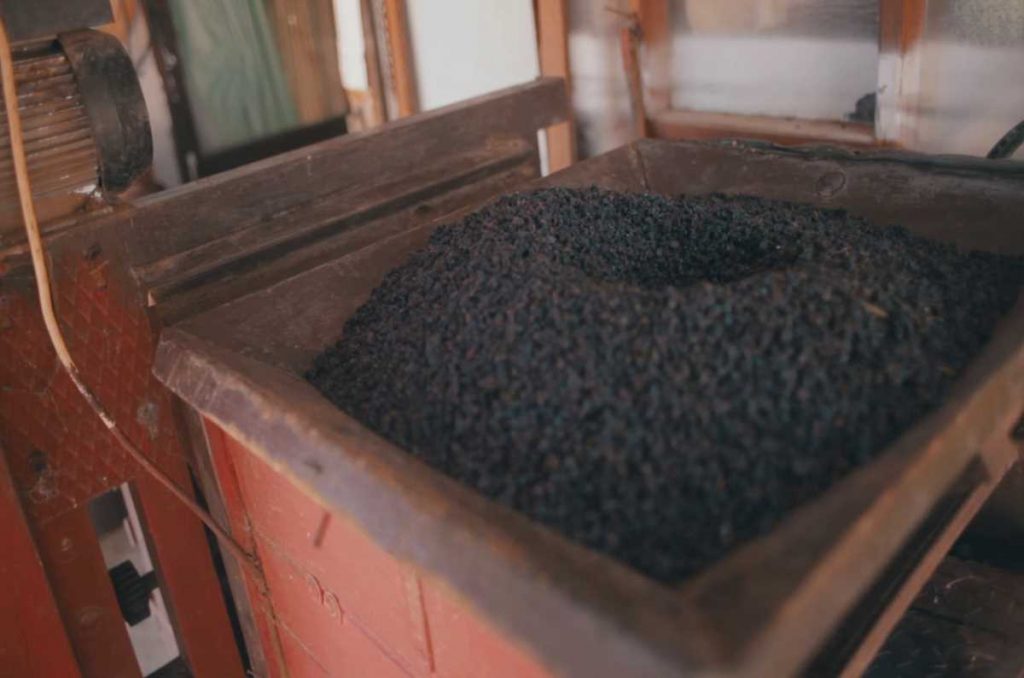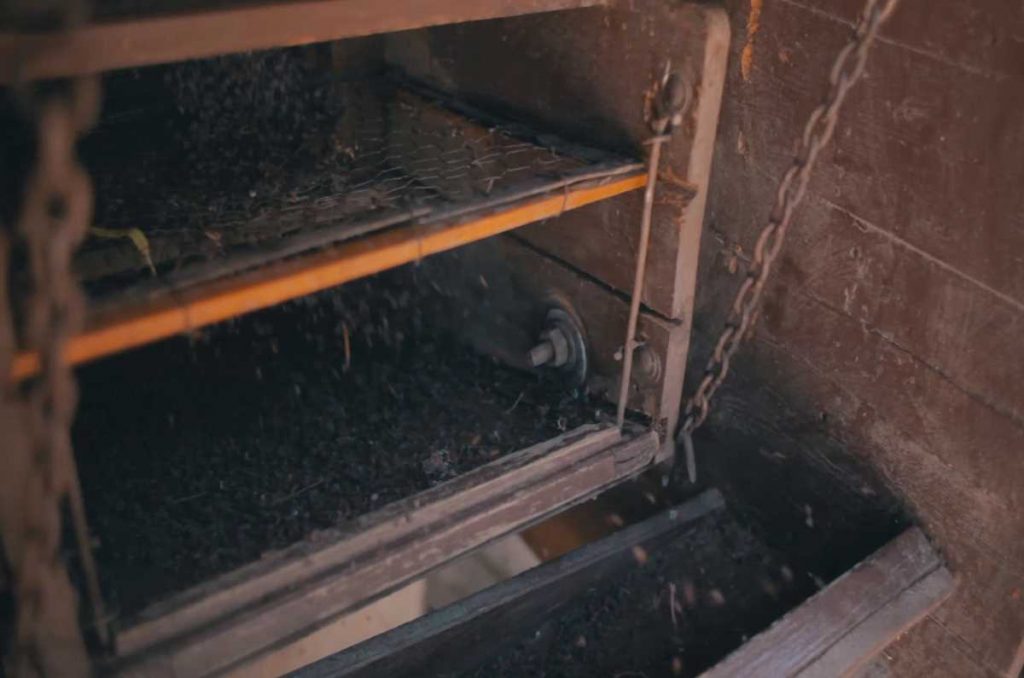Nowadays few people know its importance raisin, in the history of the Greek economy.
That is, during the second half of the 19th century, the Corinthian raisin was for the Greek economy what coffee was for Brazil. At that time raisins covered 70% of the total value of the country's exports and was the only product that brought so much profit to develop in Greece not only a strong commercial bourgeoisie, but also a whole range of related activities, jobs and professions. Traces of the wealth that came from the raisin can still be seen in the glorious old mansions of the raisin traders but also in the huge raisin warehouses that are scattered in Κορινθία, Achaia, Ilia and Messinia.
The collapse of the raisin trade in the crisis of 1893 brought irreparable blows not only to the local economy but also to the whole of Greece. He greatly contributed to the infamous "unfortunately we went bankrupt" of Charilaos Trikoupis in 1893.
The cultivation of Corinthian raisins Nowadays it is limited to the semi-mountainous and mountainous parts, while in the lowlands the citrus crops prevailed, which need a sweeter climate. The variety "Vostitsa" has been registered as PDO product and is considered the highest quality Corinthian raisin and most of it is grown in Aegialia. The most valuable tool of raisin growers is the machine. Before the machine came - it appeared in the 1960s - the process of first sorting raisins was done manually with the peeler.
The machine was initially operated with a crank manually and then connected to external gasoline-powered engines and finally gained self-sufficiency with its own electric-powered engine.
Η car is a wooden construction that looked like a box measuring about 130x100x200 cm. At the back outside there was a boat. It had an opening at the bottom for the raisins to fall into the sieves. Inside the box there were three sieves (crucibles) with slope and with different holes each. They were raised at the back so they leaned forward. Inside, there was the mechanism with wide wooden wings ("impeller"), which rotated with the help of mechanical movement. The whole construction was heavy enough ("unstable") to be stable and not to move ("dance") at the time of use.
The operation of the machine was simple. They threw the raw raisin fruit into the boat, which fell into the first sieve. The machine moved the impeller, which created an air wave, while at the same time the sieves began to move. With the wind the stalks and the lean ("without much honey / tzoufios / koufios") fruit were carried away and thrown to the ground. The good fruit with soil and small stalks fell from the large holes of the first sieve to the second. Then it passed to the third and from there it was collected clean. The soil and small stalks passed through the sieve holes and ended up in the ground.
From there the good fruit, the small one - because he did not manage to grow and produce a seed - and the second largest one are transported to the merchant or the cooperative, at different prices each.
When one walks around Aegialia, from dawn to dusk a chorus of sweet wooden sounds will come to your ears from everywhere. "Taka-taka-taka-taka". They will be the raisin producers who with their machines close the cycle of production of raisins, the once "black gold" of the Peloponnese.







